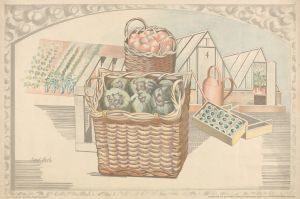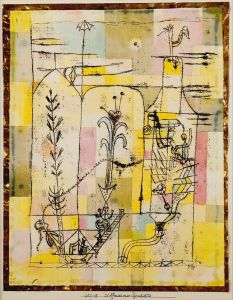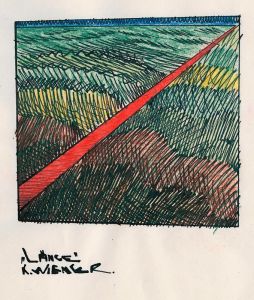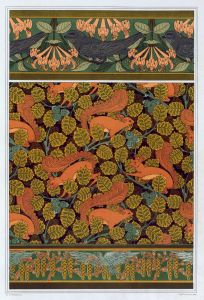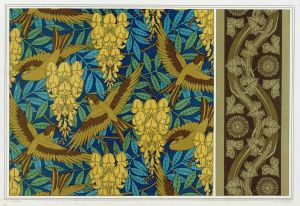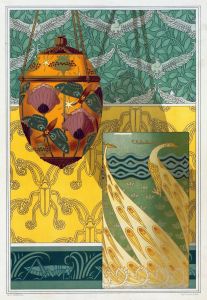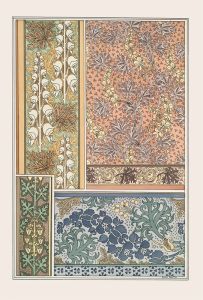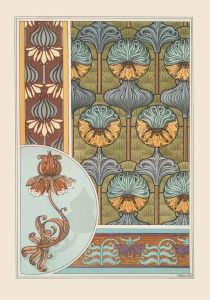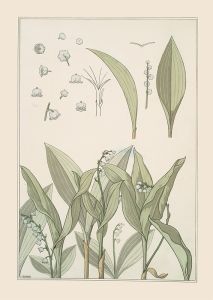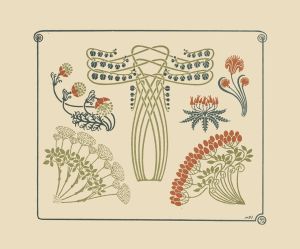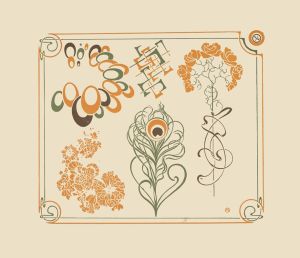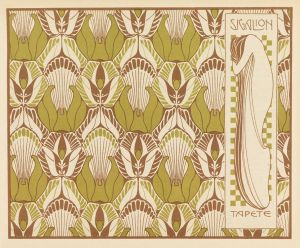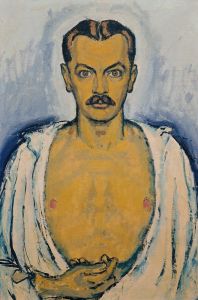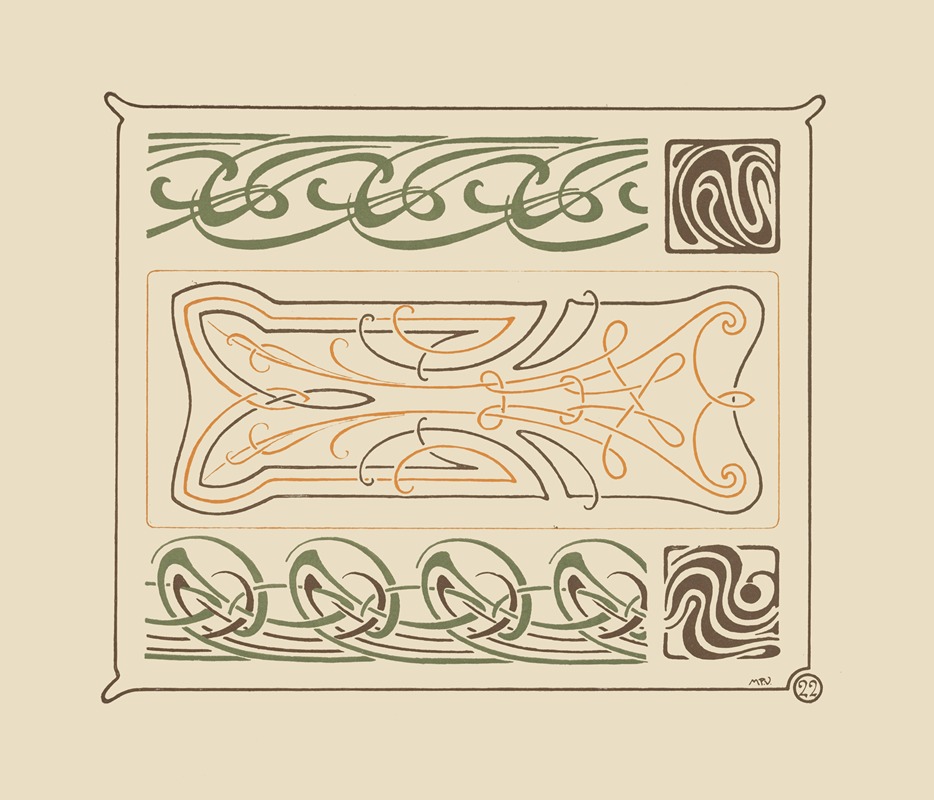
Abstract design based on intertwined curvilinear shapes.
A hand-painted replica of Maurice Pillard Verneuil’s masterpiece Abstract design based on intertwined curvilinear shapes., meticulously crafted by professional artists to capture the true essence of the original. Each piece is created with museum-quality canvas and rare mineral pigments, carefully painted by experienced artists with delicate brushstrokes and rich, layered colors to perfectly recreate the texture of the original artwork. Unlike machine-printed reproductions, this hand-painted version brings the painting to life, infused with the artist’s emotions and skill in every stroke. Whether for personal collection or home decoration, it instantly elevates the artistic atmosphere of any space.
Maurice Pillard Verneuil was a prominent French artist and designer known for his contributions to the Art Nouveau movement, which flourished in the late 19th and early 20th centuries. His work often featured intricate patterns and designs inspired by natural forms, and he was particularly skilled in the use of color and line to create visually striking compositions. One of his notable works is "Abstract design based on intertwined curvilinear shapes," which exemplifies the characteristics of Art Nouveau through its use of organic forms and flowing lines.
Verneuil was born in 1869 in Saint-Quentin, France, and he developed an early interest in the decorative arts. He studied at the École des Beaux-Arts in Paris, where he was influenced by the burgeoning Art Nouveau style, characterized by its emphasis on natural forms, asymmetry, and the use of new materials and techniques. Verneuil's work was heavily inspired by the natural world, and he often incorporated elements such as plants, flowers, and animals into his designs.
The "Abstract design based on intertwined curvilinear shapes" is a testament to Verneuil's mastery of the Art Nouveau style. This piece features a complex arrangement of curvilinear shapes that intertwine and overlap, creating a sense of movement and fluidity. The design is both abstract and organic, with the shapes resembling tendrils or vines that twist and turn in a harmonious dance. The use of curvilinear forms is a hallmark of Art Nouveau, reflecting the movement's fascination with the sinuous lines found in nature.
Verneuil's work was not limited to painting; he was also a prolific designer of textiles, wallpapers, and ceramics. His designs were widely published in pattern books, which served as a source of inspiration for other artists and designers of the time. These publications helped to disseminate the Art Nouveau style across Europe and beyond, influencing a wide range of decorative arts.
In addition to his design work, Verneuil was an accomplished author and educator. He wrote several books on design and ornamentation, sharing his knowledge and passion for the decorative arts with a broader audience. His publications often included detailed illustrations and analyses of various design elements, providing valuable insights into the principles of Art Nouveau.
Verneuil's contributions to the Art Nouveau movement were significant, and his work continues to be celebrated for its beauty and innovation. The "Abstract design based on intertwined curvilinear shapes" is a prime example of his ability to blend abstraction with natural forms, creating designs that are both aesthetically pleasing and intellectually engaging. His legacy lives on in the continued appreciation of Art Nouveau and its influence on modern design.
Overall, Maurice Pillard Verneuil's work exemplifies the creativity and innovation of the Art Nouveau movement. His designs, characterized by their intricate patterns and organic forms, remain influential and continue to inspire artists and designers today. The "Abstract design based on intertwined curvilinear shapes" is a testament to his skill and vision, capturing the essence of a style that sought to harmonize art with nature.





